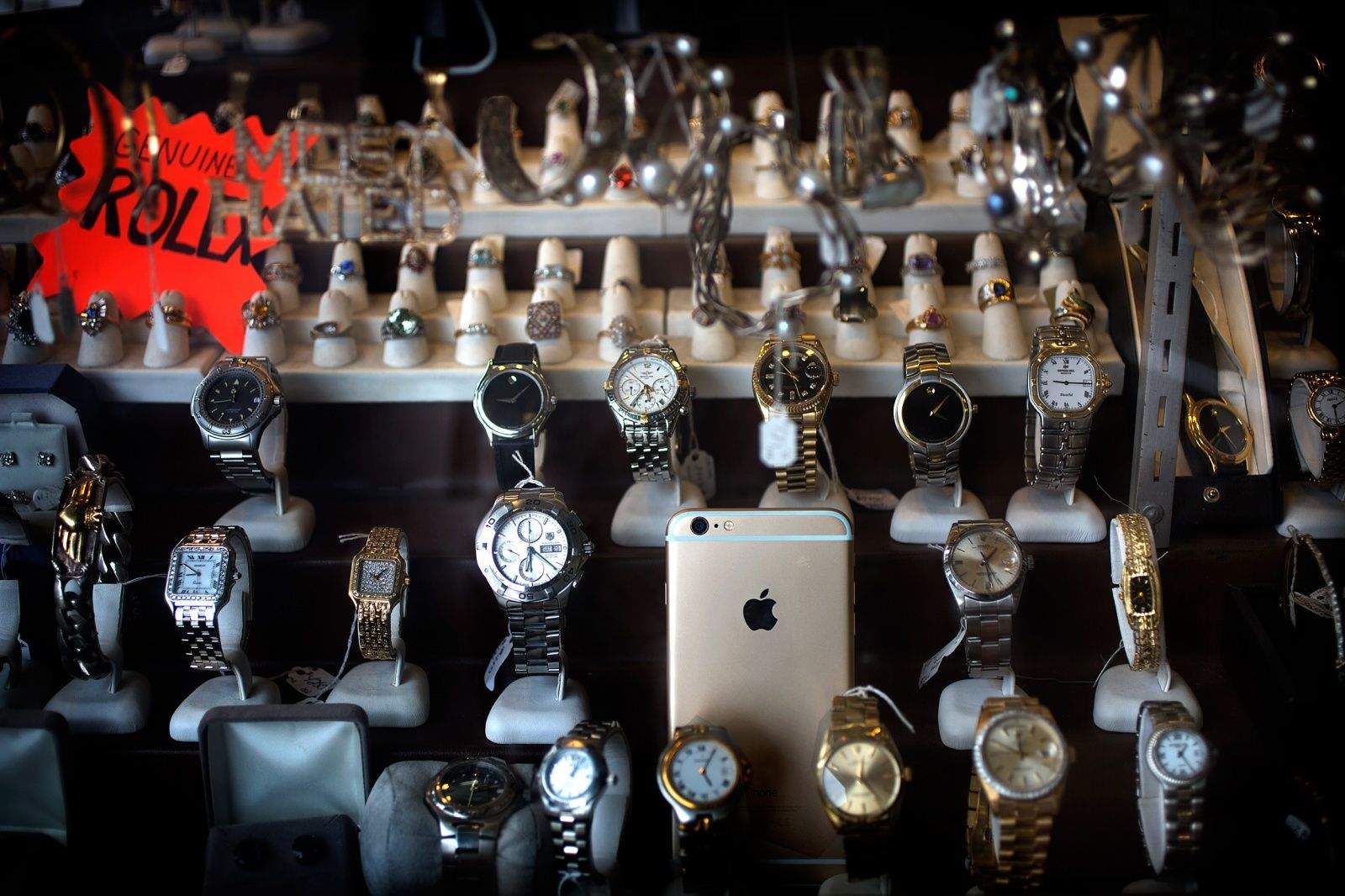Performance
Apple blew away performance nuts with the world’s first 64-bit mobile processor inside the iPhone 5s last year, but it was a while before we could enjoy the benefits because it took developers some time to optimize their apps for it. This year, we have the new and improved A8 chip, and most apps are already ready for it.
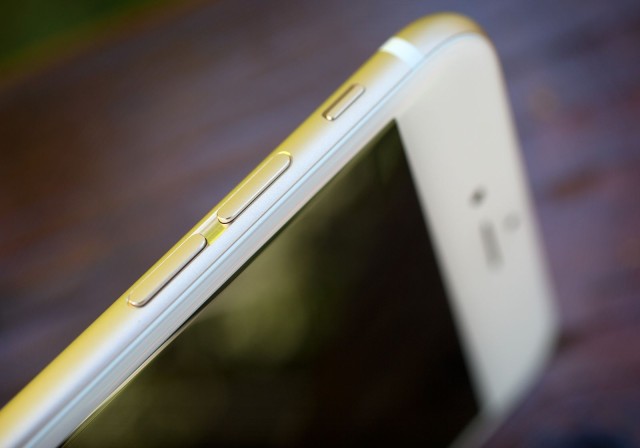
Photo: Jim Merithew/Cult of Mac
The A8 uses Apple’s new 20-nanometer manufacturing process, and it packs an incredible 2 billion transistors. That won’t mean much to the average user, but it basically results in even faster processing and even better graphics, with up to 50 percent more energy efficiency than the A7.
Not only will you enjoy smoother, snappier performance inside your favorite apps and games, then, but you’ll also be able to use them for longer. Other smartphone processors can only run a full speed for around five minutes before they have to slow down to prevent overheating, but Apple says the A8 is different – it can sustain maximum performance for a lot longer.
For those who have a thing for benchmark stats, the 6 Plus achieves a single-core score of 1,592, and a multi-core score of 2,846 in Geekbench 3. That compares to 1,394 and 2,511 respectively on the iPhone 5s. That’s a nice improvement, but the iPhone 5s is a year old now; it’s when you compare the 6 Plus with this year’s Android-powered rivals that you really get a sense of just how impressive its performance is.
The OnePlus One, for instance, achieves a single-core score of 971, and a multi-core score of 2,647 in the same Geekbench 3 test. The Galaxy S5 achieves scores of 912 and 2,737. The HTC One M8 scores 910 and 2,666. And the LG G3 scores 904 and 2,257.
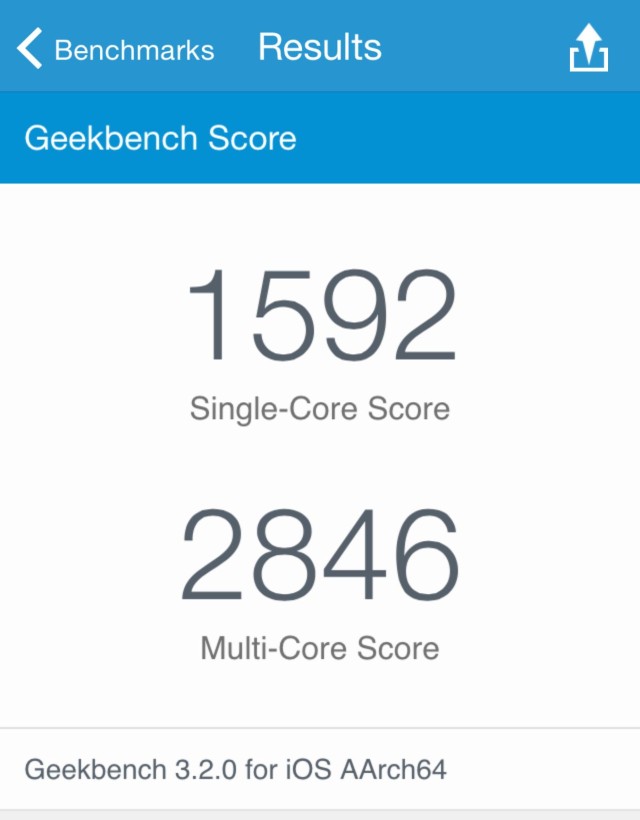
But of course, benchmarks don’t tell the whole story, which is why many consider them to be arbitrary. Only real-world use can give you a feel for how snappy these smartphones are, and just how energy efficient they can be when multitasking, gaming, and playing video — things we use our smartphones for on a daily basis.
It would be a waste of time telling you how well the 6 Plus handles those things individually, because I’d just be repeating myself; performance is outstanding whatever you throw at it.
Since the 6 Plus arrived on Friday morning, I’ve used it to draft much of this review in Evernote, watch more YouTube videos than I care to admit to, play some high-end games — including Modern Combat 5 and Asphalt 8: Airborne — and to shoot plenty of pictures and videos. And the 6 Plus did them all without a single stutter.
I wouldn’t say performance is noticeably better just yet, though. Load times for the games I mentioned above were just as good on my second-generation iPad mini with its A7 processor as they are on the 6 Plus, but of course, we still haven’t seen any titles that truly take advantage of the A8 yet. That’s when Apple’s improvements will stand out.
Networking & Connectivity
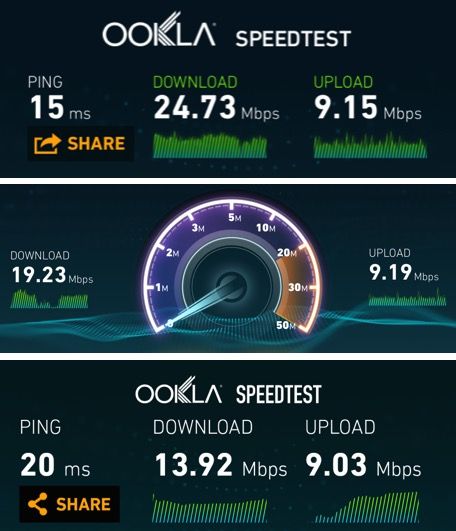
You will notice speed improvements elsewhere, however — like in networking. Apple has introduced improved radios for Wi-Fi and cellular data, so you should enjoy faster and more reliable connections whether you’re at home connected to broadband, or on the go with 4G LTE.
I performed a few simple speed tests connected to my home Wi-Fi network, and the 6 Plus was faster than the HTC One M8, the second-generation iPad mini, and the iPhone 5s. I also found 3G connectivity to be more reliable, though not necessarily faster, than the One M8 and the iPhone 5s — while call quality seemed just as good on all three.
Speaker
Conference calls are better on the 6 Plus thanks to its improved speaker, but there’s still room for improvement here. Apple still hasn’t delivered stereo sound, and once again, you’ll need to get used to holding your iPhone in a certain position while it’s in landscape mode to prevent your fingers from blocking the speaker grille.
Battery Life
One of the biggest reasons to choose the 6 Plus over the regular iPhone 6 is its bigger battery, which promises up to 10 hours more talk time, up to 6 days more standby time, and up to 30 extra hours of audio playback.
I’ve always been disappointed with the battery life you get from an iPhone, but not with the 6 Plus. I charged it up to 100 percent when it arrived on Friday morning while it was restoring from backup, and it didn’t drop down below 10 percent until Sunday morning. And don’t forget, I’ve hardly put it down since it arrived.
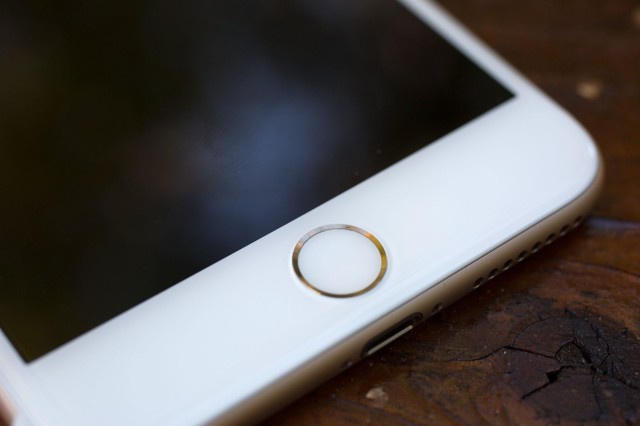
It’s been used for music and video streaming, intensive gaming, calls, and a ton of web browsing. If you were to use it more conservatively, you’ll easily get two days of use out of this device in between charges. It’s super reassuring to think you can spend a day out and not have to worry about your phone dying before you get home.
